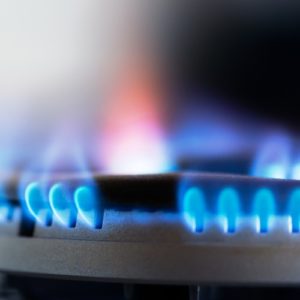Natural gas is a relatively safe, efficient, and convenient source of energy, providing 45% of households in Australia with heat and the ability to cook food, heat water and heat their homes. But if your natural gas is improperly installed or maintained, natural gas leaks can become a health risk and source of danger in your home.
There are also other potential sources of poisonous vapours in your home, including fumes from improperly ventilated gas generators and even attached garages.
In addition to the health risks, gas leaks carry explosive potential due to the highly flammable nature of the vapours. If you have gas installed in your home or business or are currently experiencing fumes inside the house that you can’t identify, we’ve compiled this guide to help you detect and prevent natural gas leaks.


